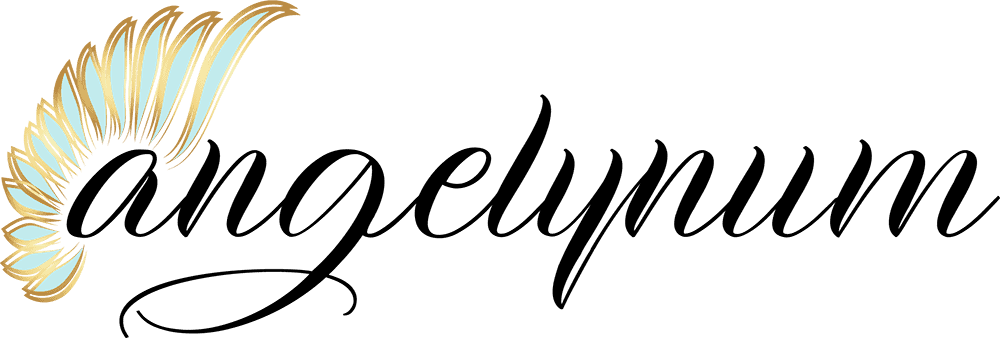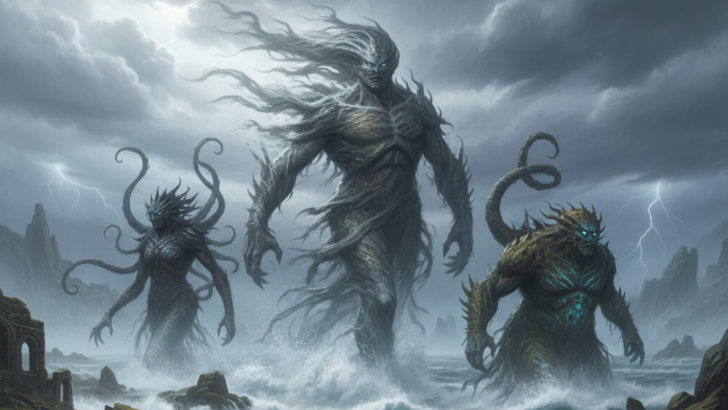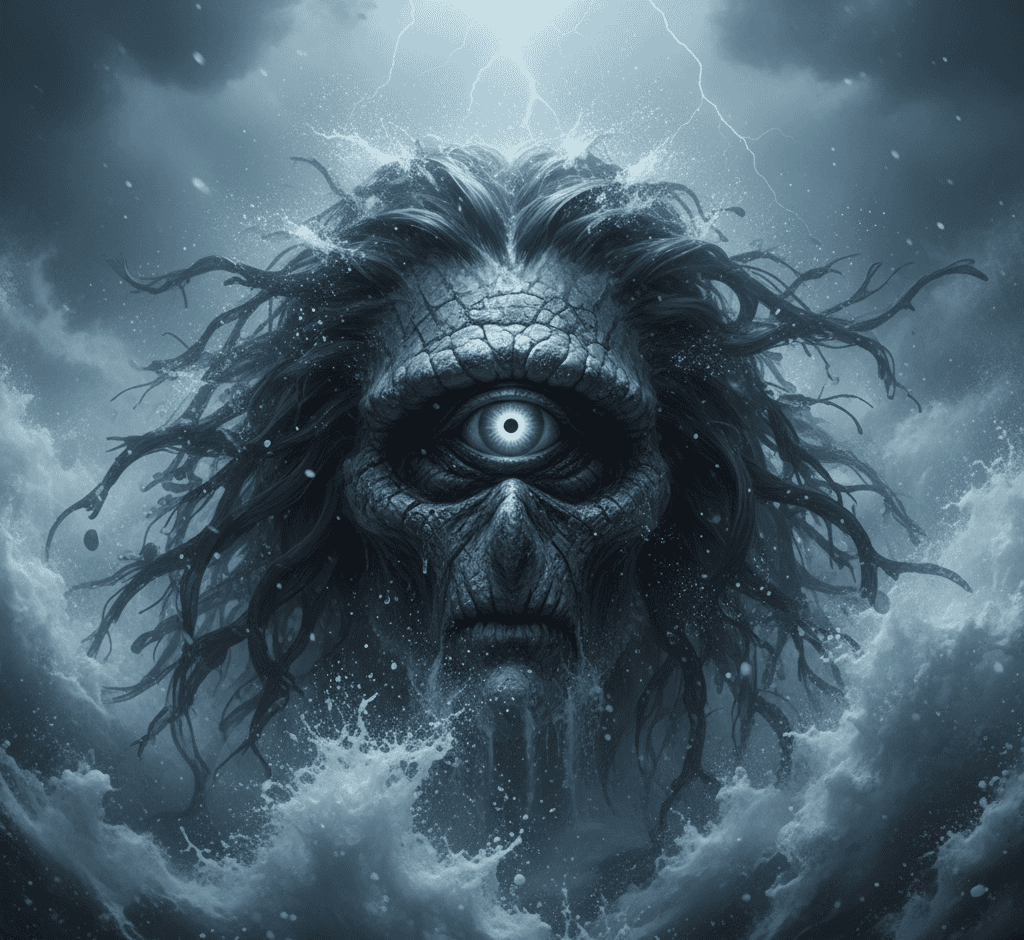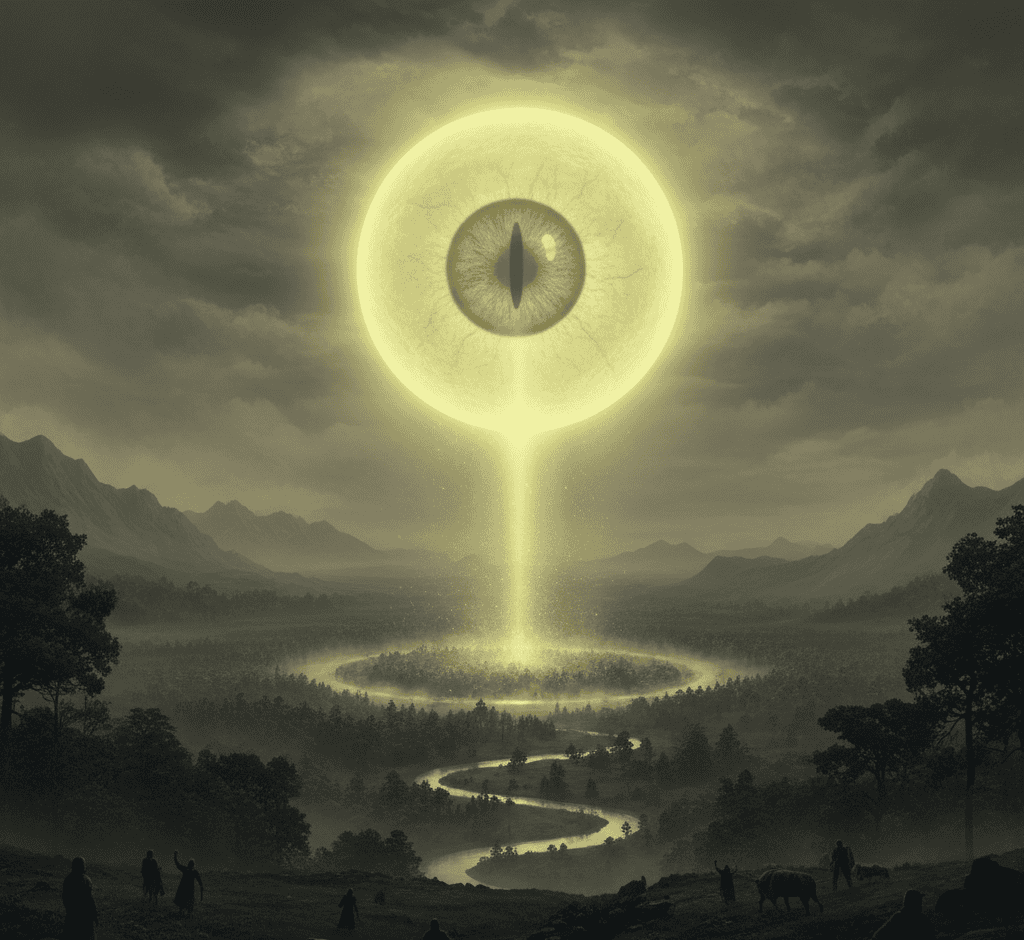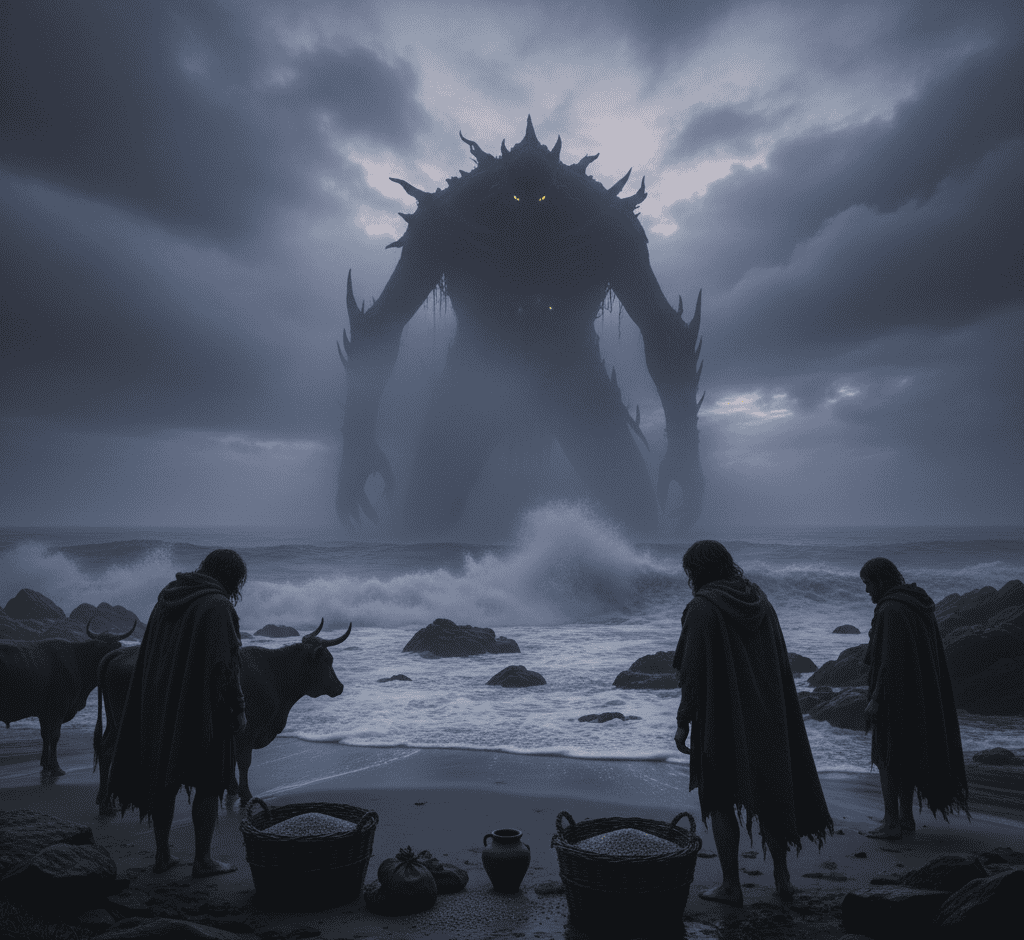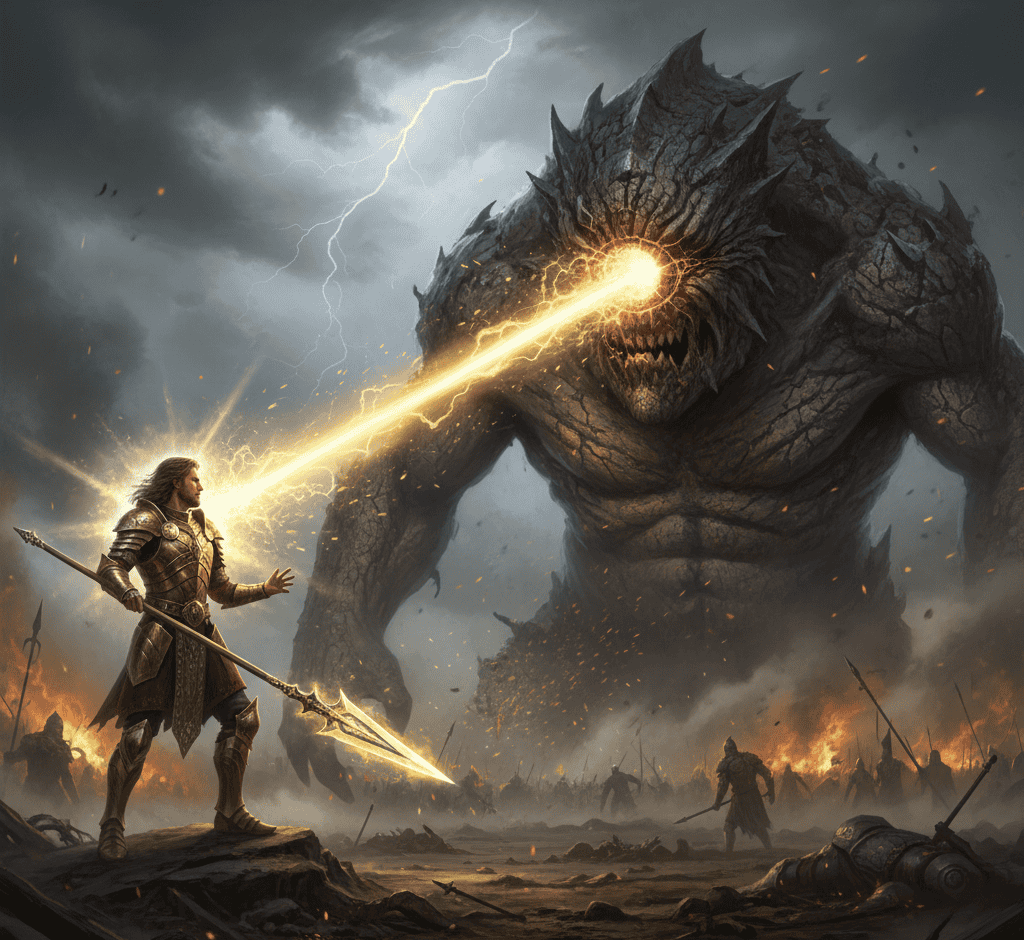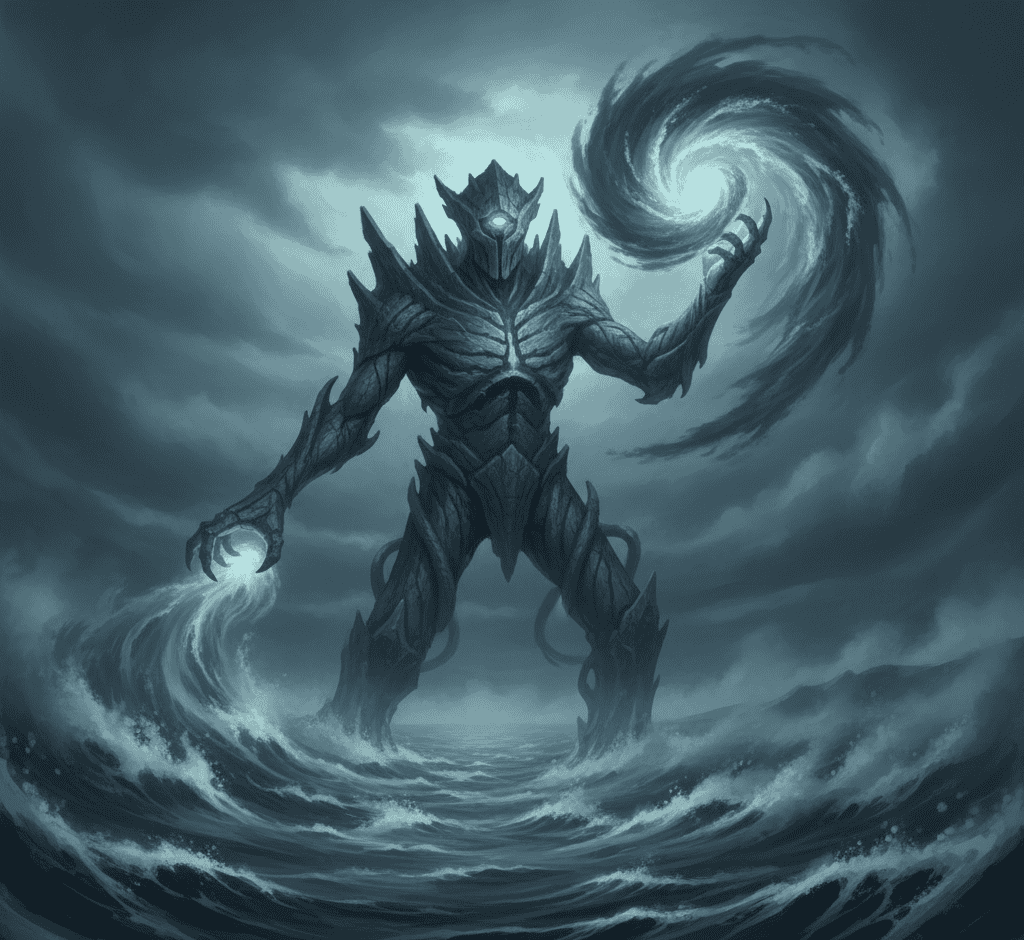Before Ireland became the land of heroic warriors, shining gods, and legendary kings, it belonged to far older beings.
They rose from storm-churned seas, crawled out of cold mist, and shaped the world long before any mortal or god dared set foot on its soil.
These were the Fomorians, the ancient sea-demons of Celtic myth. Some were monstrous, some strangely beautiful, and all were powerful.
They ruled in an age when chaos roamed freely and creation itself walked a delicate line between order and destruction.
Today, we step into their world, a place where the ocean was a living beast, storms had personalities, and ancient rulers claimed dominion over darkness.
If you think the Celtic gods were fierce, wait until you meet the ones who came before them.
Born From Sea Foam, Storms, and Shadows
The Fomorians were among the first beings to exist in Irish myth. Their name likely meant demons from below or those who live under the sea.
While the world was still raw and wild, they rose from deep waters and thick fog, shaped by the forces of chaos.
They were not one single type of creature. Some walked on two legs like humans. Others had one eye, one arm, or one long, twisting limb that functioned like three.
Some were reptilian with scaled skin, and others looked like giants made of wind and ocean spray.
Their forms reflected their domain. The sea in Celtic mythology was unpredictable and sometimes deadly, and the Fomorians embodied that same unpredictable energy.
They were storms given personality, tidal waves given anger, and deep waters given hunger.
They ruled the world like the sea rules a shore. Sometimes gently, sometimes violently, but always at their own rhythm.
Though the Fomorians were feared, they were also respected. Before the gods arrived to bring order, these beings represented the raw forces of nature.
Masters of a Chaotic World
Life under the rule of the Fomorians was not peaceful. They were powerful enough to shape the land and sea, yet unbothered by the suffering they caused.
They were takers, not givers, and demanded tribute from those who lived under their shadow.
Entire tribes paid them cattle, grain, and even people. This was not done out of loyalty but out of fear.
The Fomorians commanded storms that could wipe out harvests and ocean swells that could swallow villages.
Their rule was not meant to nurture life but to remind all living things who came first.
Their king, Balor of the Evil Eye, was the most terrifying of them all. His eye was so deadly that when it opened, everything in its gaze withered.
Crops turned to dust, warriors dropped dead, and even mountains crumbled. People prayed that Balor never looked in their direction.
His eye was both a weapon and a warning to all who considered defying the Fomorians.
But not every Fomorian was cruel. Some were unpredictable rather than evil, and a few were even helpful depending on their mood.
Their world was not a kingdom with strict rules but a shifting landscape of powerful beings who acted on impulse.
They did not seek to bring order because chaos was natural to them. That made them dangerous, but also strangely fascinating.
The Fomorians saw themselves as rightful rulers because they were born from the original forces of the world.
They did not fear the future because they believed nothing could replace them. They were wrong.
The Arrival of the Gods
When the Tuatha Dé Danann arrived in Ireland, everything changed. They were gods of knowledge, battle, crafting, and magic.
They brought shining weapons, enchanted skills, and a desire to build. To the Fomorians, these newcomers represented order and progress.
At first, the gods and Fomorians tried to coexist, though the word coexist might be too generous.
The Fomorians demanded enormous tribute, and the gods paid it while waiting for the right moment to rise.
Even then, the Fomorians overshadowed everything. Their raids were frequent, their storms constant, and their leaders ruthless.
The gods were powerful, but the Fomorians were still ancient forces. Defeating them would require more than strength.
It would require destiny. That destiny came through a strange mixture of prophecy and family ties.
Balor’s daughter Ethniu was kept hidden due to a prophecy that her son would kill Balor.
But love found its way in, and she secretly bore a child named Lugh. The moment Lugh grew strong, he became everything Balor feared.
Brilliant, skilled, and gifted in every art, Lugh was the god who represented perfect balance.
When the time came to battle the Fomorians, Lugh led the charge.
The Battle That Shaped Ireland
The final clash between the Tuatha Dé Danann and the Fomorians was the Second Battle of Mag Tuired, a war so intense that even the land shook.
The Fomorians arrived with storms swirling around them, monstrous warriors roaring from the sea, and Balor himself ready to unleash destruction.
The gods answered with glowing armor, spells filled with ancient knowledge, and weapons forged by divine craftsmen.
This was not just a battle between armies. It was a battle between two ages.
When Balor opened his deadly eye, destruction swept across the battlefield, killing dozens of gods instantly.
But destiny followed close behind. Lugh faced his grandfather without fear. When Balor prepared to open the eye a second time, Lugh struck with perfect aim.
His spear pierced Balor’s skull and forced the eye to turn inward, killing the Fomorian king.
The moment Balor fell, the tide of battle shifted. Without their strongest leader, the Fomorians retreated to the sea.
The age of chaos ended, and the age of gods began. Yet the Fomorians were not destroyed.
They simply withdrew to the deep places of the world, waiting for a time when mist and storm would rise once more.
Shadows That Never Truly Left
Even after the gods claimed victory, the Fomorians remained part of the world’s fabric. They were too ancient, too powerful, and too woven into the forces of nature to vanish.
People believed they still lived beneath the ocean, stirring storms or whispering through fog.
Some even claimed that certain unpredictable waves were remnants of Fomorian anger.
They were reminders that before farms, before kings, and before shining gods, the world belonged to something older.
Their legacy lived on in whispers, storms, myths, and the feeling you get while watching violent waves crash against cliffs.
A reminder that the world is older than we can imagine, and that order will always sit beside chaos.

Siempre sentí una fuerte conexión con lo Divino desde mi nacimiento. Como autora y mentora, mi misión es ayudar a los demás a encontrar el amor, la felicidad y la fuerza interior en los momentos más oscuros.
